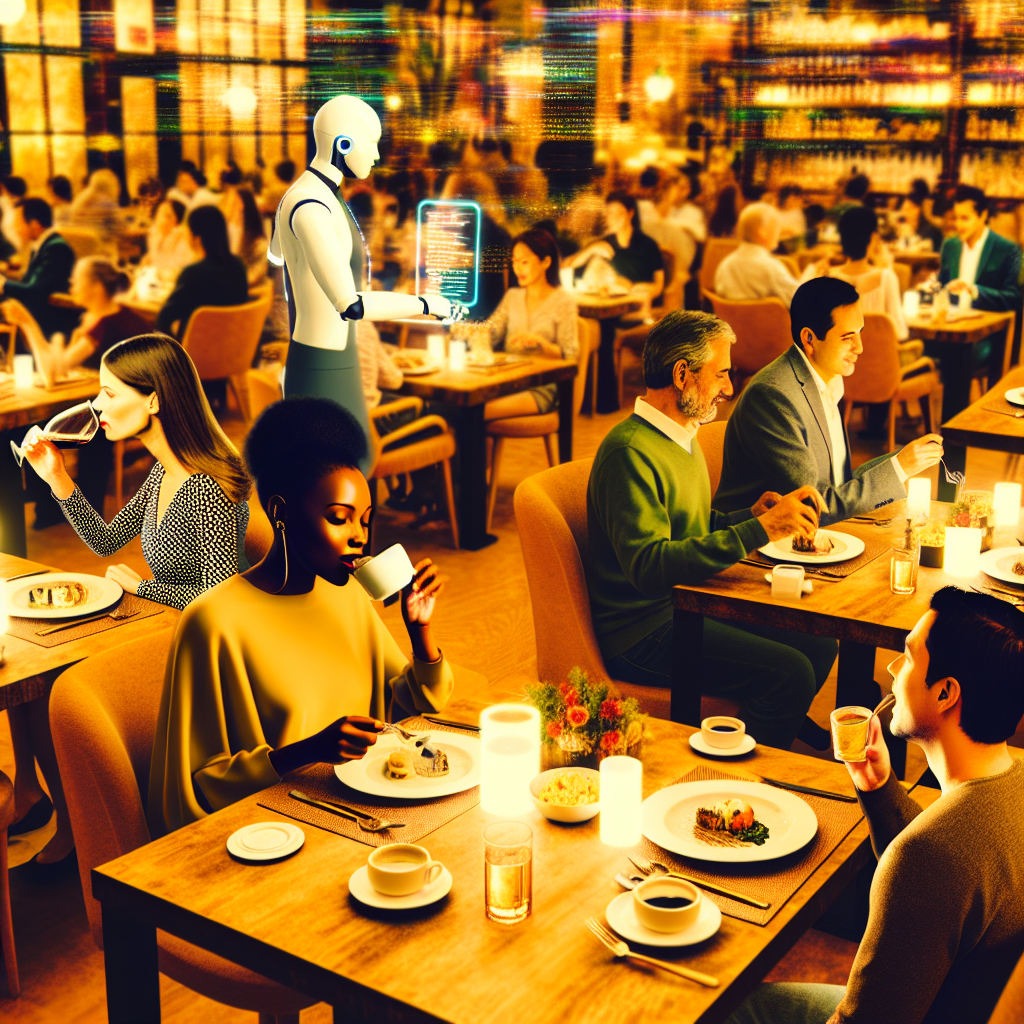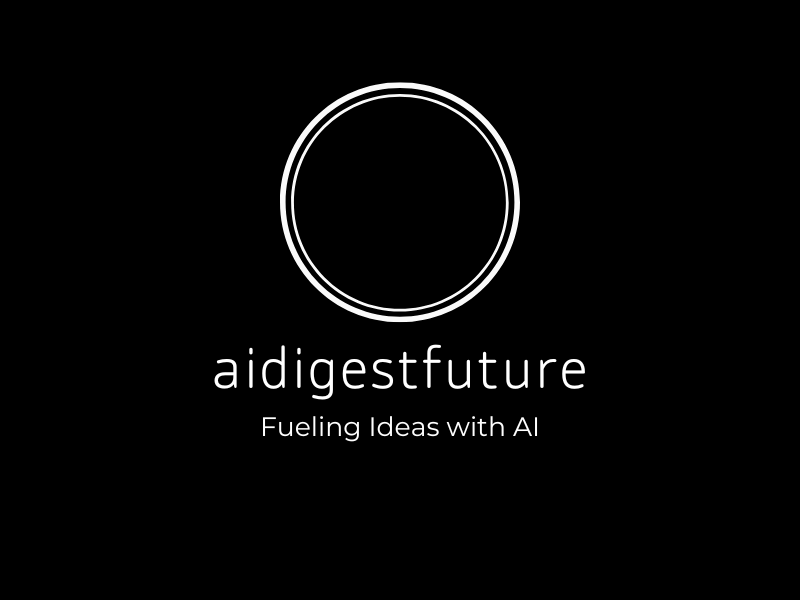
Introduction: The Intersection of AI and Dining
In recent years, Artificial Intelligence (AI) has rapidly reshaped various industries, with the restaurant sector being a key participant in this technological revolution. By integrating AI-powered solutions, restaurants are providing customers with more personalized, seamless, and innovative dining experiences. From predictive ordering systems to AI-powered chatbots and robotic chefs, this transformation is nothing short of remarkable.
In this article, we’ll explore how restaurants’ AI innovations are revolutionizing the world of dining and creating smarter, more efficient, and enjoyable experiences for customers and staff alike.
How Restaurants Are Leveraging AI Innovations to Transform Dining
The hospitality industry is usually quick to embrace new technologies, and AI is no exception. The introduction of AI into restaurants has created opportunities for enhanced efficiency, personalization, and accessibility. Here’s a closer look at the different ways AI is changing the dining scene:
1. Smart Ordering Systems
Restaurants are now utilizing AI to streamline the ordering process:
- AI-powered recommendation engines analyze user data to suggest menu items tailored to customer preferences, dietary restrictions, or past choices.
- Voice recognition technology enables customers to place orders seamlessly using voice assistants integrated into restaurant apps or kiosks.
- Visual menus powered by AI use image recognition to showcase dishes in augmented reality (AR), helping indecisive diners visualize their meal before ordering.
These systems cater to individual tastes, enhance accuracy, and save time, resulting in a more enjoyable customer experience.
2. AI-Driven Chatbots for Enhanced Customer Interaction
Gone are the days when customer service was dictated strictly by waitstaff and phone lines. Restaurants are now deploying AI chatbots to improve communication in several ways:
- 24/7 availability: AI chatbots can handle inquiries, reservations, and even order placements round the clock.
- Multilingual support: Language barriers are eliminated as chatbots can converse in multiple languages, ensuring inclusivity.
- Efficient query resolution: AI bots respond quickly to frequently asked questions, like menu details, nutritional info, or delivery ETAs.
This functionality allows restaurants to build stronger relationships with their customers and deliver consistent, high-quality service.
3. Robotics and Automation in Food Preparation
One of the most exciting innovations in AI for the restaurant industry is the use of robots and automation:
- Robot chefs: AI-operated robots in kitchens can cook with precision, maintain quality control, and prepare complex recipes consistently.
- Automated bartenders: Robots mix cocktails based on customer preferences, ensuring accuracy while adding novelty to the dining experience.
- Food delivery drones: AI-powered drones are revolutionizing food delivery services, offering faster and more efficient delivery options.
By automating labor-intensive tasks, AI frees up staff to focus on enhancing customer engagement and satisfaction.
The Benefits of Restaurants’ AI Innovations
The adoption of AI in restaurants isn’t just about staying ahead of the curve; it’s a strategic move that provides tangible benefits for both customers and businesses. Let’s look at some advantages:
1. Personalized Experiences for Customers
Data collection and analysis enable restaurants to understand customer preferences at a granular level. AI fosters personalized engagement by:
- Suggesting dishes based on individual tastes.
- Offering loyalty program rewards specific to customer behavior.
- Creating promotional offers tailored to recurring guests.
2. Increased Operational Efficiency
AI minimizes human error and optimizes workflow to reduce overhead costs. Examples include:
- Inventory management systems that predict demand and avoid overstocking or food waste.
- Automated kitchen management tools that streamline order processing and reduce preparation time.
- Real-time data analytics that help managers make informed decisions to enhance efficiency.
3. Enhanced Sustainability
Sustainability is an increasingly important component of any restaurant’s mission. AI helps cut down on waste and energy consumption by:
- Analyzing food waste patterns and offering suggestions for better resource allocation.
- Improving the accuracy of supply chain processes to prevent overproduction.
- Implementing energy-efficient systems for smart kitchen appliances.
Challenges and Ethical Considerations in AI Integration
While the benefits of restaurant AI innovations are undeniable, they come with their own challenges. As restaurants continue adopting these technologies, it’s important to consider:
- Privacy concerns: Collecting customer data requires restaurants to manage sensitive information responsibly and comply with data protection regulations like GDPR.
- Job displacement: Automation could potentially replace some human jobs, raising ethical concerns about employment opportunities in the industry.
- Cost of implementation: Smaller restaurants may struggle to afford AI-based systems, potentially widening the gap between big chains and independent eateries.
The Future of Dining: AI Innovations Taking It to the Next Level
As AI technology continues to advance, the possibilities for its application in restaurants are virtually limitless. Upcoming trends to watch for include:
- Hyper-personalized recommendations: Enhanced algorithms will soon predict customer cravings before they even occur.
- AI-powered nutrition tracking: Restaurants could offer health-conscious diners real-time tracking of their caloric intake and dietary requirements.
- Voice AI integration: Smart dining tables with voice-activated assistants could enhance the interactive eating experience.
- Holographic menus: 3D projections powered by AI will engage customers with lifelike visual presentations of dishes.
The restaurant sector will undoubtedly continue to evolve as AI technologies become increasingly sophisticated, delivering unparalleled levels of customer satisfaction and operational efficiency.
Conclusion: The Dining Revolution is Here
The marriage of AI and dining has opened up endless avenues for improvement in service delivery, efficiency, and personalization. Restaurants’ AI innovations are dramatically reshaping how customers experience their meals. From smarter ordering systems to robotic chefs, it’s an exciting era for both diners and restaurateurs.
Whether you’re a tech-savvy foodie or a business owner looking to take operations to the next level, the rise of AI-powered dining is an innovation you can’t afford to ignore.
Internal Links
External Links
- Forbes: Benefits of AI in Restaurants
- CB Insights: Restaurant AI Case Studies
- Mozilla Research: Ethical AI Implementations
- McKinsey: AI-powered Business Models
- Gartner: AI Future Forecasts
- National Restaurant Association: AI Trends
- BBC News: AI Impact on Hospitality
- TNO Insights: Automated Food Systems
- Google AI Research: Case Studies
- CNBC: AI Innovations in Dining
